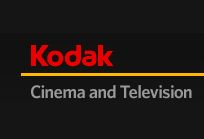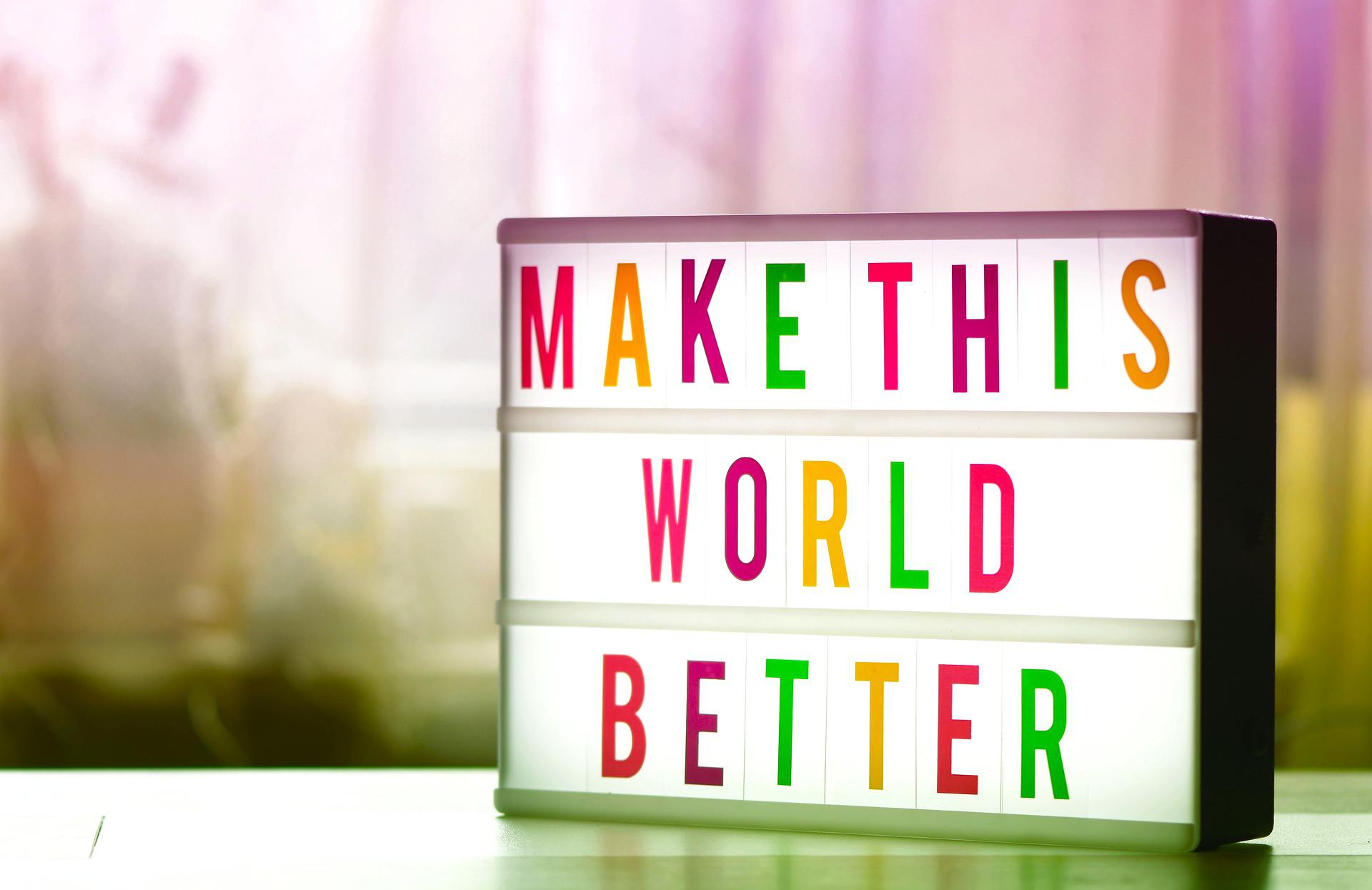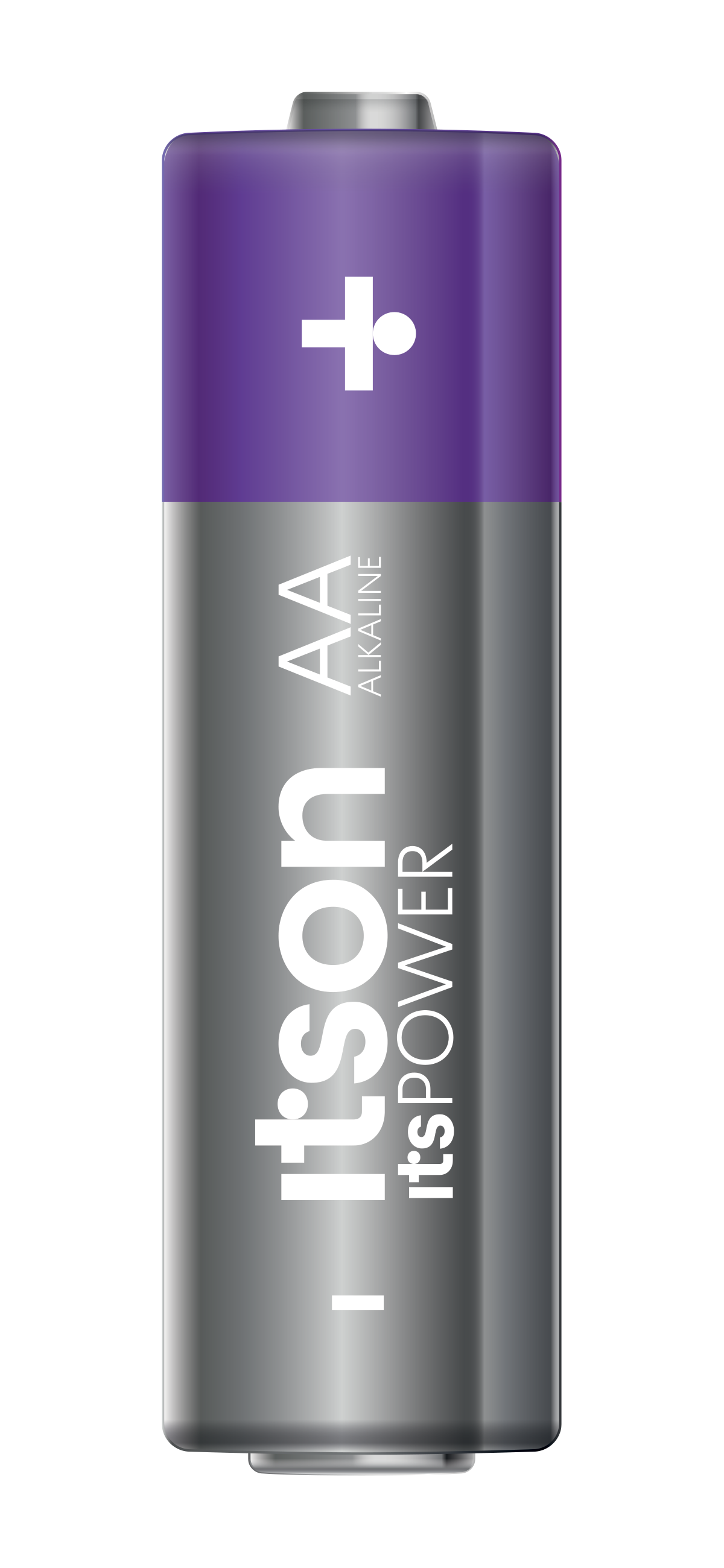 Don’t get drawn in by all the talk of HD this and Red camera that. According to Kodak Entertainment Imaging, digital is not always the best…
Don’t get drawn in by all the talk of HD this and Red camera that. According to Kodak Entertainment Imaging, digital is not always the best…
Audiences continue to flock to the cinema with more that 173.5 million spectators in the UK in 2010, but many of these films – from US blockbusters to low budget British flicks – have been shot on film. Kodak Entertainment Imaging has uncovered that digital is not always the best!
One of the pioneers of the film industry, Kodak Entertainment Imaging is also at the heart of innovation and participates in producing media for new filming techniques. The company said that by pursuing its policy of education and training it was addressing filmmakers’ concerns to the very best of its ability, one of which relates to the use of film for shooting full-length films.
In recent years, the film industry has seen the arrival of digital cameras leading to the belief that film is expensive, less flexible and doesn’t suit 3D shots… but is this actually true?
Film Is Not Expensive
At a time when production costs are being drastically cut back, any savings are welcome, so long as they don’t negatively affect the quality of the image or the story. The argument that filming in HD is the epitome of efficiency is therefore called into question. Several things cause us to challenge this assumption:
* Film is more cost-effective because of the many options on offer (3-perf, 2-perf, S16). With such a diversity of formats, film is the only medium that can adapt itself to the variability of production budgets.
* Film has a higher capacity than HD for capturing the smallest details of an image, even better than the information capture offered by HD and video cameras.
* The broad, dynamic spectrum captured by film means that less time is lost on mixed lighting conditions during filming… and less money is lost in postproduction.
* Film is closer to that which is perceived by the human eye, for a more natural look and feel. Less postproduction work is therefore required.
* The temptation to film over and again in digital and to manage the errors in postproduction is often time-consuming and a source of errors, to the detriment of quality.
From Filming To Postproduction: Nothing But Advantages
Film offers many advantages over digital, whether in the shooting or postproduction stages.
The incomparable scope of film ensures that shots are as fast as they are effective: you are sure of recording, even in very low light, all the information present in the frame, from the lightest areas to the darkest shadows. The immediate advantage is less material and shorter positioning times in production – thus, real savings, from the first minute of filming. You gain from these advantages without compromising the quality of your images!
More information is recorded in production, so there is more “material” for postproduction. So time is not lost in extracting or recreating visual elements that you simply wouldn’t have captured with other formats.
For example, in digital postproduction, the possibility of extracting more information in the extreme exposure ranges reduces the risks of chromatic imbalance and artefacts. Correcting these faults is inevitably time-consuming, costly… and isn’t even guaranteed.
Film Approved By Professionals
All these arguments are backed up by myriad professionals – directors of photography, editors, colour graders – who all remain convinced of the potential of film.
For Adam Kimmel, director of photography, “When anyone suggests to me that we film a project in HD, my first question, and the only valid one, is: “Why? If the answer piques my curiosity and makes me want to get involved, I dive right in. But if they just say that it will be quicker and cheaper, or that it will be easier for postproduction, I lodge my objection.”
Bill Dill, award-winning cinematographer, teacher and ASC member, takes the same attitude: “It’s a widely-held fallacy that digital is cheaper. People forget about the numerous additional costs during and after filming.”
The laboratories tell the same story: “It’s cheap… as long as everything, absolutely everything, goes to plan. We’ve seen lots of disasters caused by digital, involving pixel loss or simply people tripping over the cables,” explains Ben Baker, director of the digital laboratory at Framestore. “One of the main advantages of digital internegative (DI) is that it genuinely reveals the quality of a production. That is where everything becomes concrete, where your net visual capital becomes this magical object, the finished film. This is why, the more you arrive at this stage with quality images, the better and the quicker you will obtain the desired results.”
Film Is Not Dead
Contrary to conventional thinking, film has not been relegated to obsolete productions. This is demonstrated by several recent films, Inception by Christopher Nolan with Leonardo Di Caprio, Eat Pray Love by Ryan Murphy with Julia Roberts or The American by Anton Corbijn with Georges Clooney. Even blockbusters such as Harry Potter and the Deathly Hallows Part One have opted for film.





















